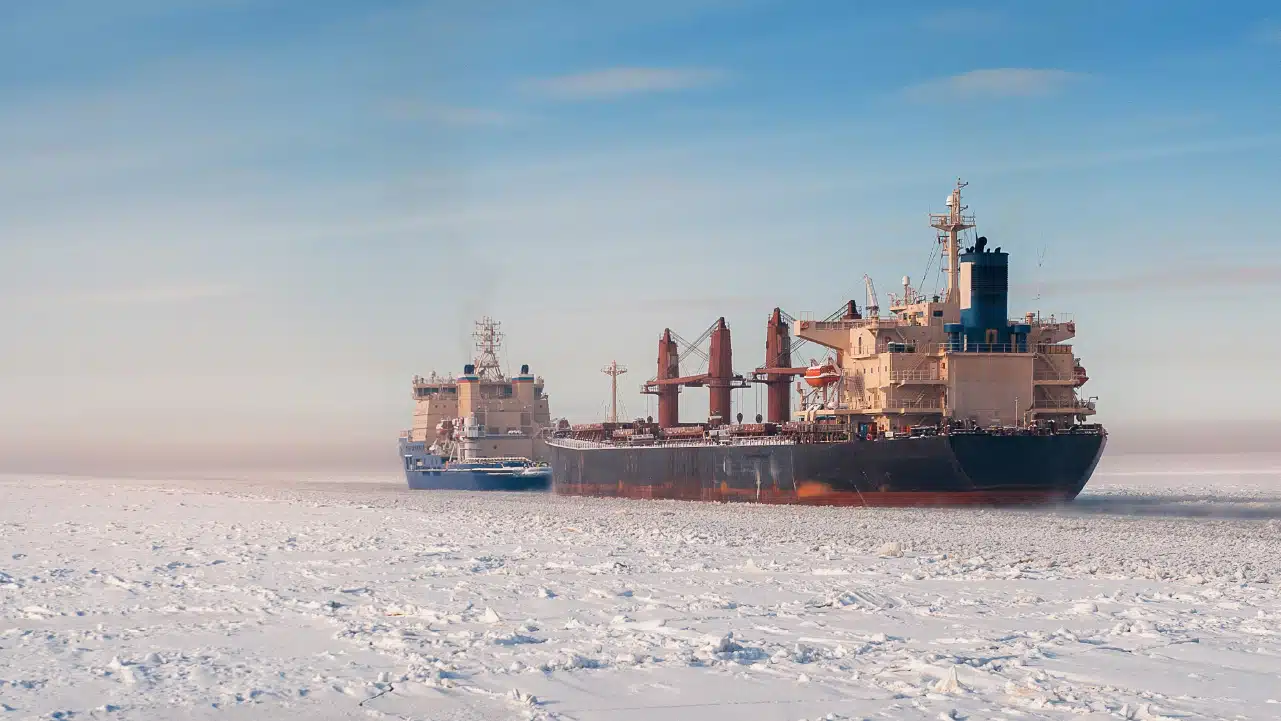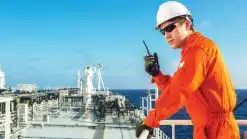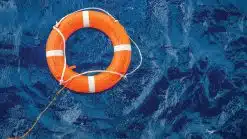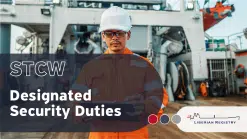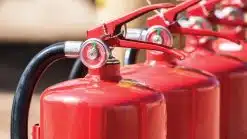As global trade and tourism expand, the number of ships navigating polar waters is growing, leading to increased risk of accidents and environmental damage in these areas. The polar code aims to address these risks by providing a mandatory framework for ships operating in Arctic and Antarctic waters.
The polar code entered into force on the 1st of January 2017 and provides a comprehensive set of regulations for all ships operating in polar waters, covering aspects such as ship design, operational procedures, crew training, and environmental protection.
In this course, we’ll examine how to comply with the Polar Code focusing on the polar ship certificate, polar manual, and training requirements, we will break down ship categories based on ice handling abilities, and we will explain the safety rules for all polar ships (ship structure, stability, integrity, machinery, fire safety, and lifesaving), as well as the standards for navigation equipment and environmental protection outlined in the Polar Code.
By understanding and adhering to the Polar Code, we can ensure the safety of life at sea and protect these environments for future generations.
Highlights:
This course aims to provide seafarers with essential knowledge to ensure compliance with the Polar Code, focusing on key aspects such as ship categories based on ice handling abilities, safety rules, navigation equipment standards, and environmental protection outlined in the Polar Code. By the end of this course, you will be able to:
1. Describe the purpose and scope of the Polar Code and explain the criteria and procedures necessary for ensuring compliance with its regulations.
2. Identify the requirements for ship structure, stability, and seal integrity for safe navigation in Polar Waters.
3. Explain the essential safety guidelines for ship machinery, fire safety, and life-saving appliances in Polar Waters.
4. Understand the key risks and challenges associated with navigation in polar waters, as well as the essential safety measures for communication, voyage planning, routing, ice operation, and use of icebreaker assistance in polar waters.
5. Recognize best practices for managing and preventing pollution in polar regions.
Legislation & References: Based on the requirements of the following:
- Ship Masters, Officers and Seafarers navigating and operating in polar waters, and shore personnel keen on gaining insights into the background, certification process, and safety and environmental standards for ships operating in polar regions.
Duration: 1,5 hours
Who should attend: Masters, Chief Officers, Chief Engineers, Deck Officers, 2nd and 3rd Engineers, involved in operating LNG vessels
Certificate: ABS
DISCLAIMER: The course is provided on an “as is” basis. Before you purchase any of our courses, it is exclusively your responsibility to check if it complies with the flag administration/approval body you require or you want to submit it to. Furthermore, you should check if the course is accepted by your employer or flag administration as your employer or flag administration may have specific requirements.
Related products
Maritime e-learning
Ship’s SOLAS Training Manual (FFE) – Part II: Structural Fire Protection
Maritime e-learning
Ship’s SOLAS Training Manual (FFE) – Part I: Theory of fire & Fire Extinguishment (Operational)

